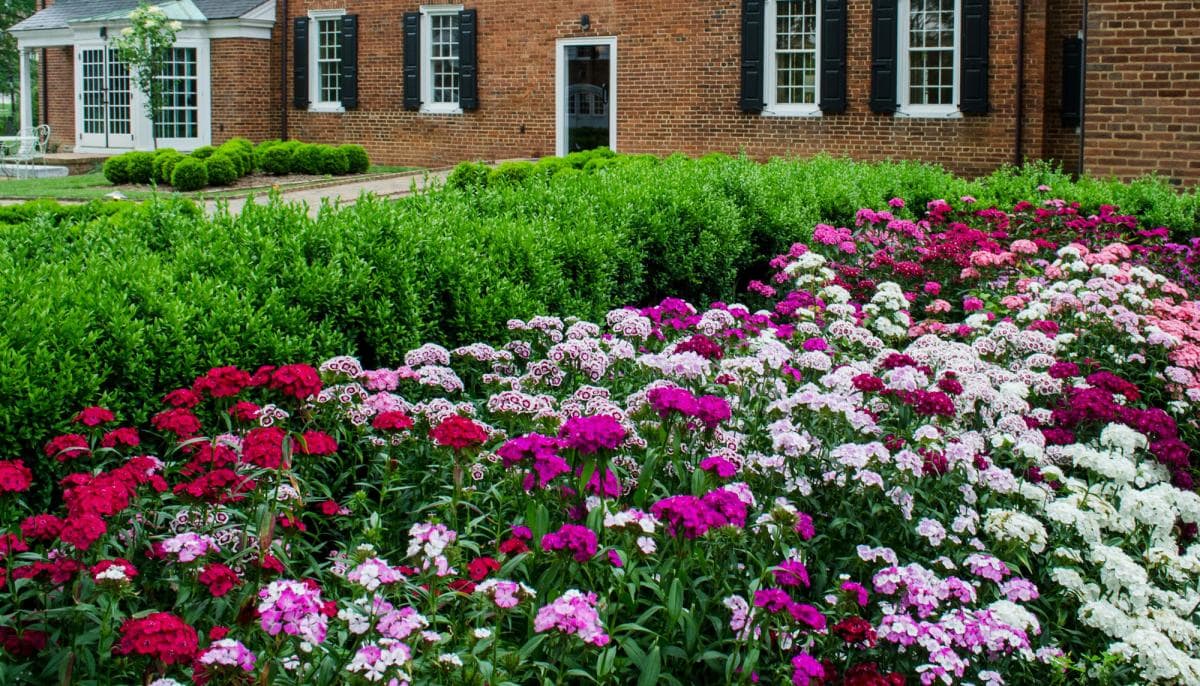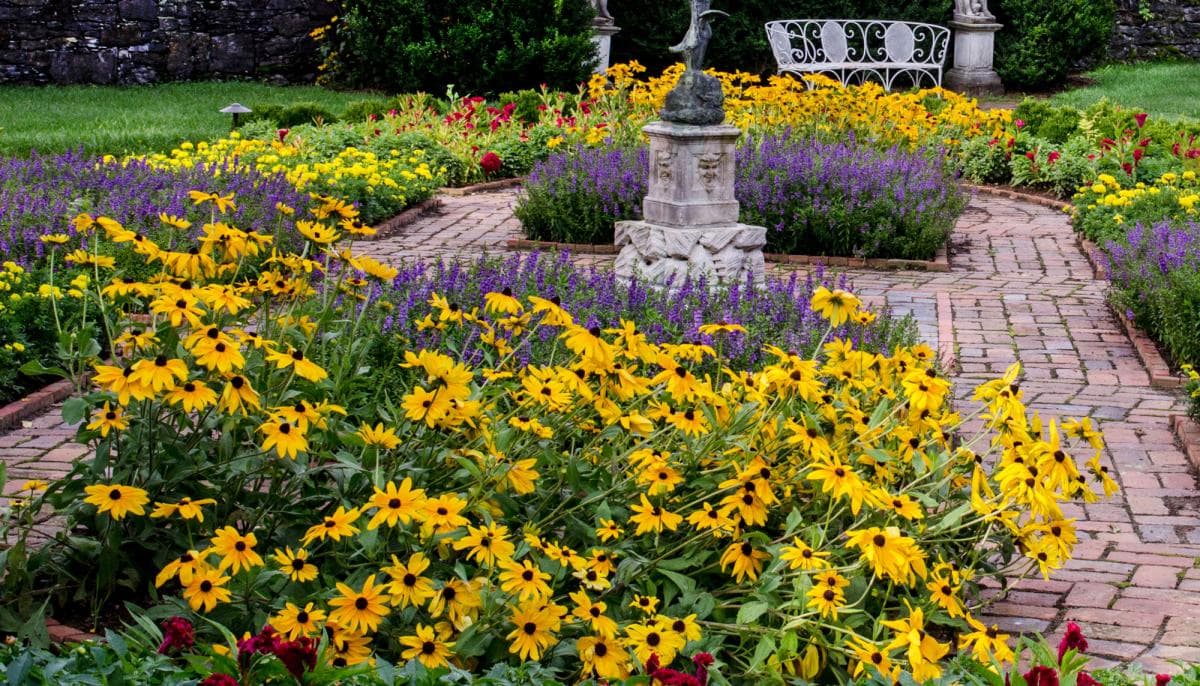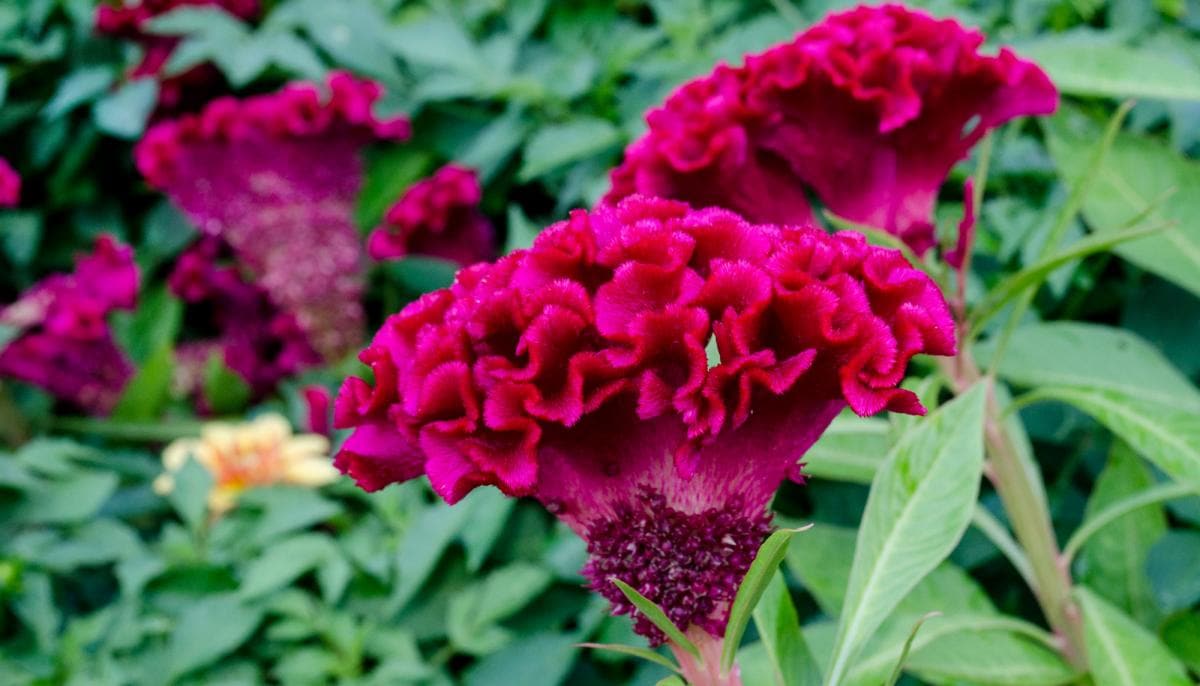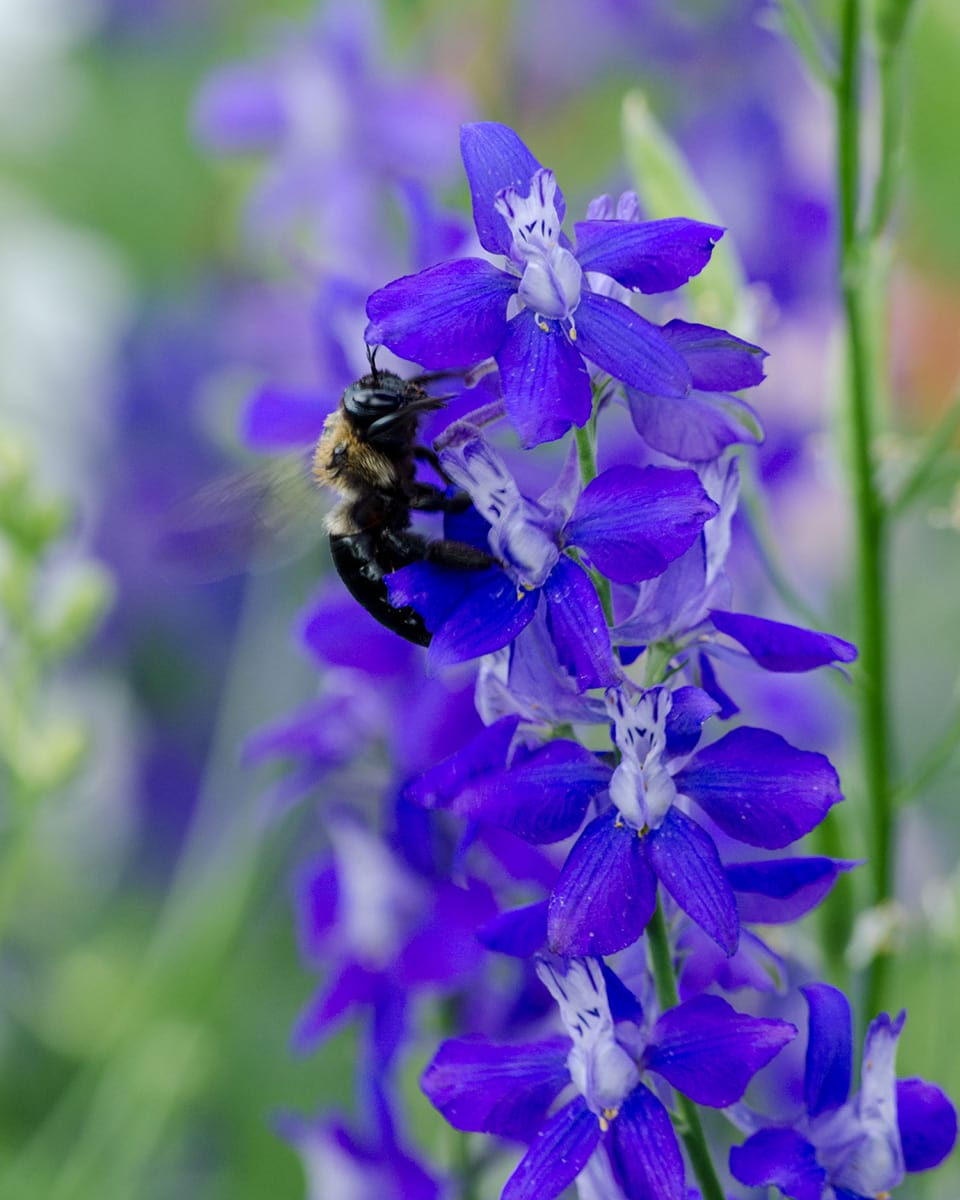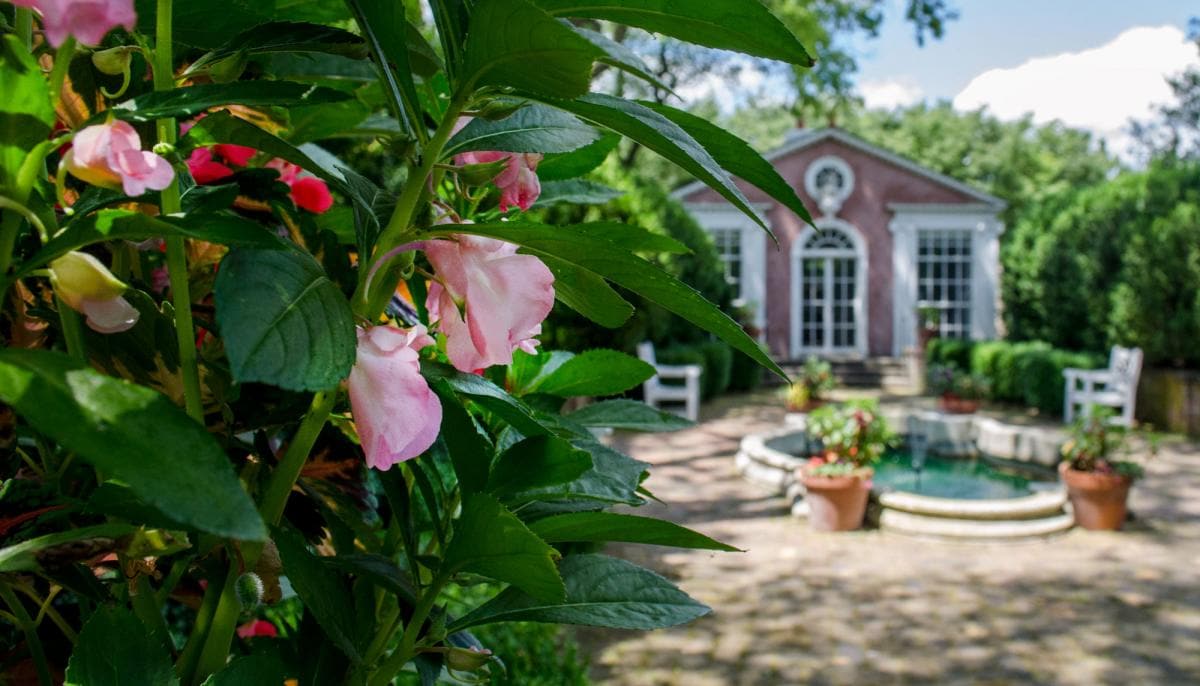In cold, snowy, icy January it is fun to dream about the spring and summer garden.
By Director of Gardens Perry Mathewes
In cold, snowy, icy January it is fun to dream about the spring and summer garden. Plant and seed companies know this and flood your mailbox with catalogs full of mouth-watering photos featuring gorgeous flowers and vegetables to entice you to buy their products. Well, I’m not going to do that … mail you a catalog, that is. Instead, I am going to share some alluring photos of a few great plants and simply tell you about the seeds for sale in our museum store.
Under the leadership of our horticulturist, Chantal Ludder, we started collecting and selling seeds from our garden last year. This year we have a new batch of seeds from the garden so that you may take a small piece of the MSV home with you. Here are a few of my favorites.
This old-fashioned biennial is less common in many gardens today probably due to the desire many have for immediate gratification. As a biennial, a little patience is needed since it will take two growing seasons before the first flowers appear. Sow the seeds this year and a basal rosette of leaves will flourish. The following spring, a cluster of carnation-style blooms will grace a 18-24-inch-tall stem. They come in a variety of shades of red, pink, and white. Once they finish blooming, let them drop their seeds so that new plants may grow through the summer and a fresh batch of flowers can follow again the following spring. Since they self-sow easily, it is easy to plan on these flowering in the garden every year if you. They grow well in sunny spots and prefer a well-drained soil.
Like it’s perennial cousin, this bright yellow daisy fills many a flower bed with sunshine through the growing season. It can flower from summer all the way through until the first frost. We often us this plant in the Parterre because of its reliable and long-lasting bloom. It can self-sow and each year, we will find a new black-eyed Susan popping up in our planting beds where they were not intended. For a less formal design, this is really an asset and not a problem. This annual also likes lots of sun.
There are quite a few varieties of cockscombs on the market, but try our old-fashioned one. Large red brain-shaped flowers will make a dramatic statement in your garden. They are fascinating to look at and are quite the conversation piece. Kids think they are cool, too. They can take a while to get established, so starting them indoors in March can give you a longer bloom time in the garden. They do last until frost.
With so many summer plants that are bright yellow or red, it is always nice to find a cool blue flower in the garden. In the Perennial Garden during late-May and June, look for the blue, white, or pink blooms of larkspur. With lacy leaves and spikes that reach to four feet tall, this plant gives a wispy air to the garden that is refreshing amongst all the bold summer flowers. The seeds will self-sow, so a small investment can pay dividends for a long time to come.
This annual is another old-fashioned plant once more commonly found in gardens. The modern bedding impatiens may have over taken this flower in popularity, but this old timer still has a few worthy traits of its own. First, it is much taller (grows to three feet) than its cousin. Which is useful when you really need to fill a shady corner or want some height in a pot on a shady terrace. Second, its seed dispersal mechanism is way more fun. When ripe, the simple pressure from a finger may cause the pod to pop open, sending seeds flying in all directions. This feature is the root of another common name for this flower – touch-me-not. Balsam has been grown at Glen Burnie for many years. Sally Wood first planted balsam seeds here in 1823 (see my previous post on Sally Wood’s seeds). This plant needs light shade and requires plenty of water in the hotter part of the summer.
So, if you want to try some of these unusual plants at little expense, come pick up a seed packet in the museum store and dream about the warmth and beauty to come.
All photos by Perry Mathewes. While the gardens may be closed for the winter season, stay tuned to the MSV Instagram page to get behind-the-scenes updates in the gardens.
